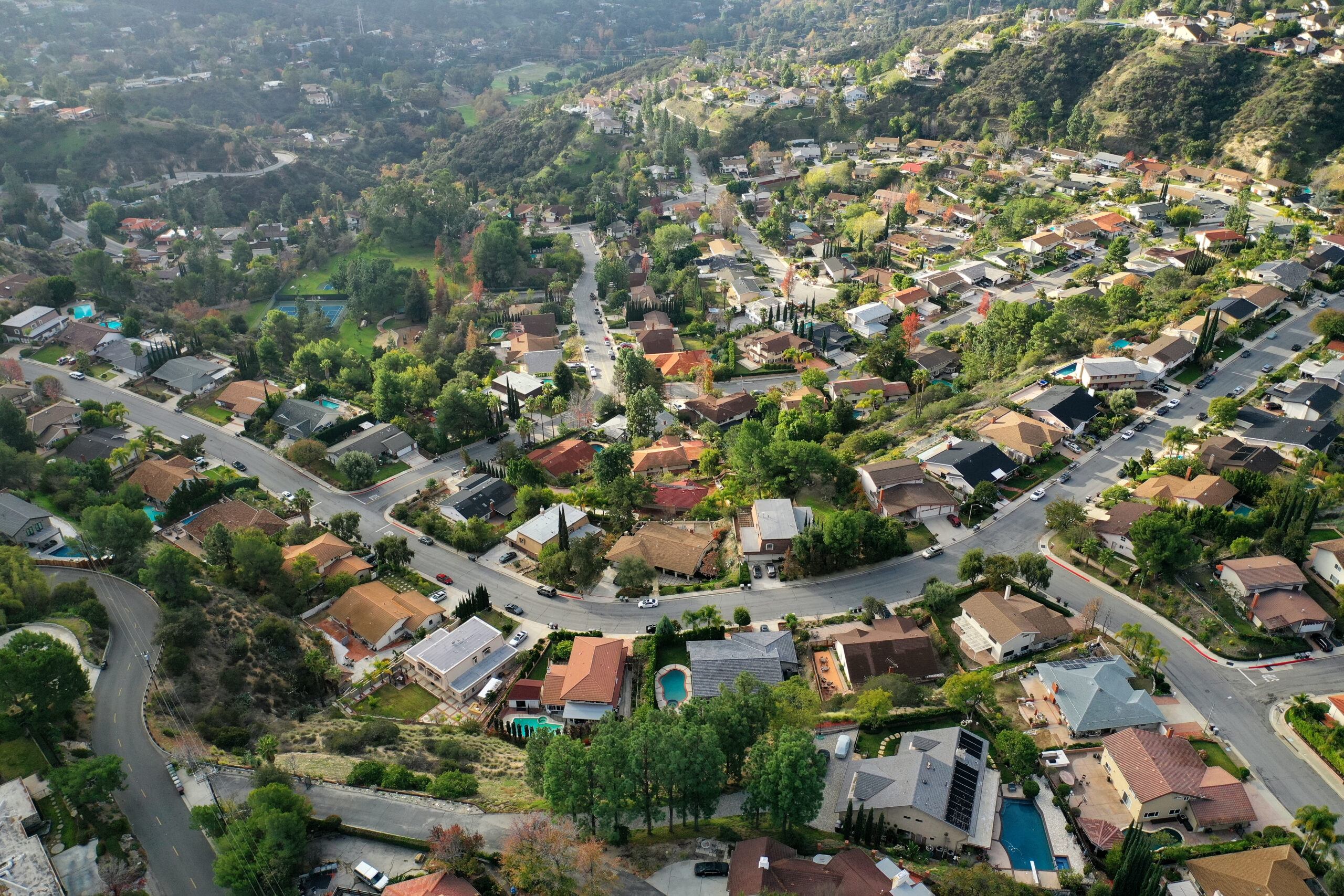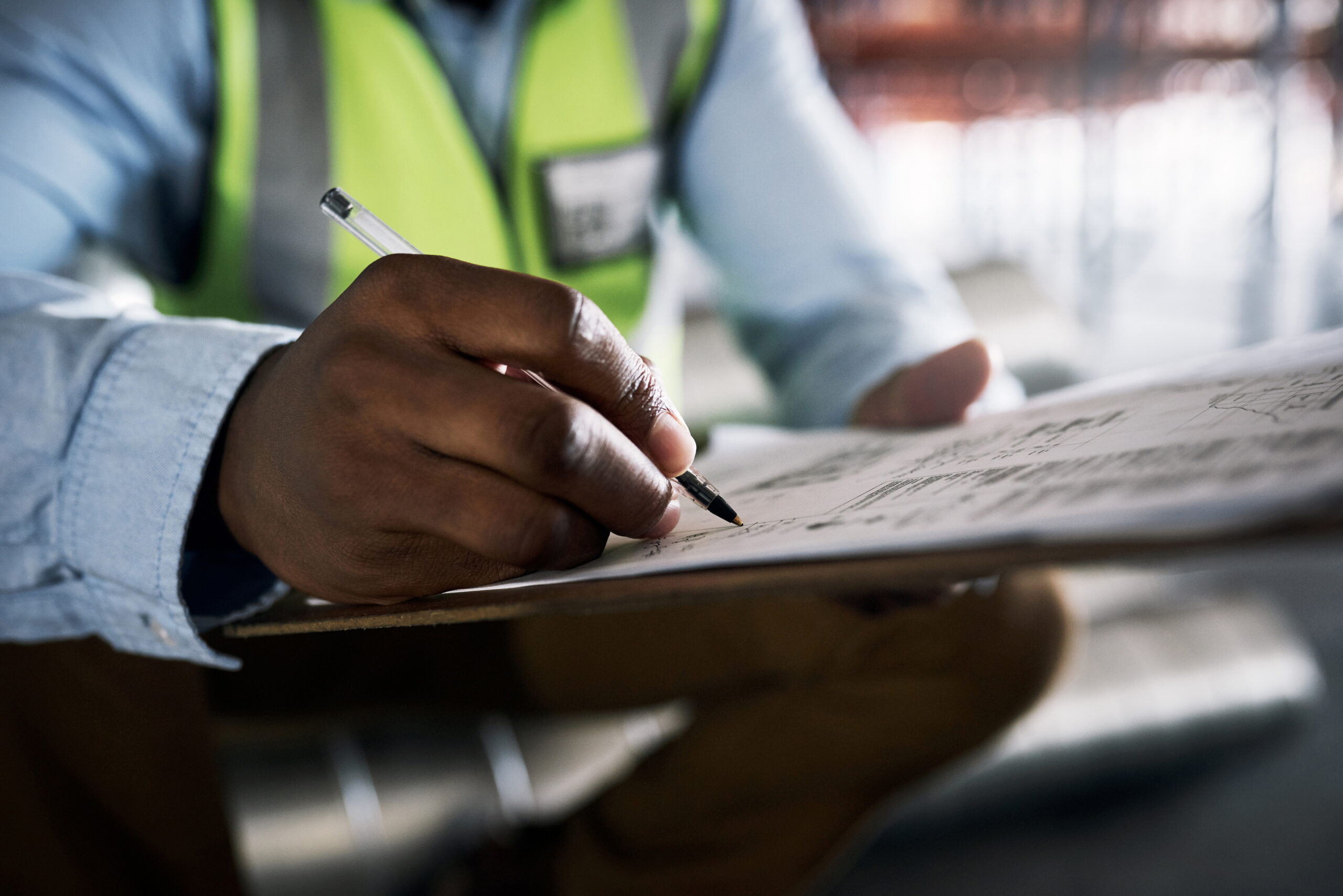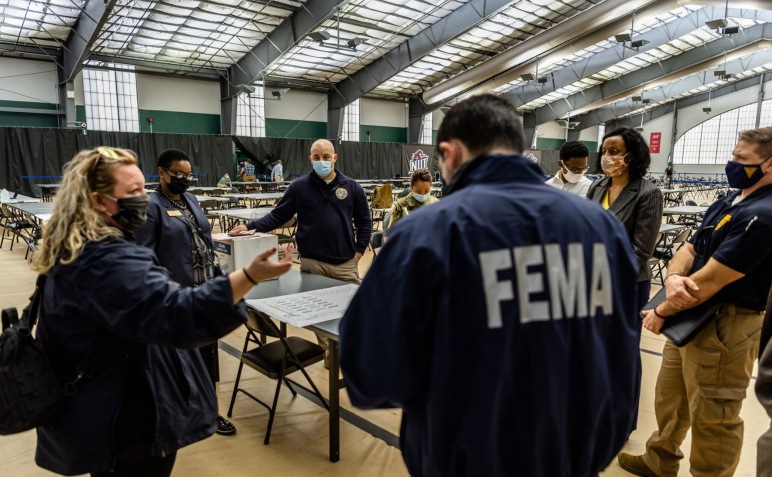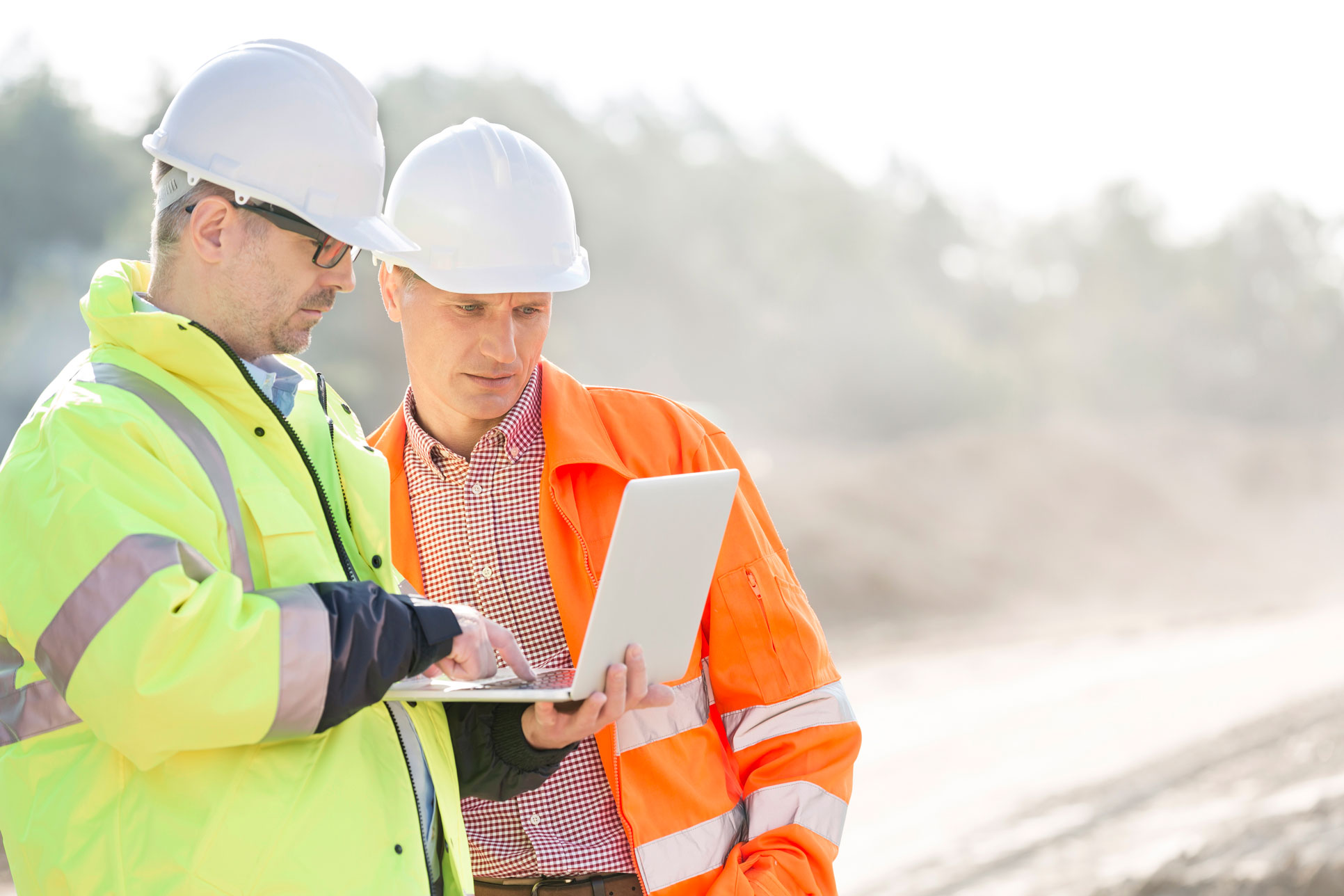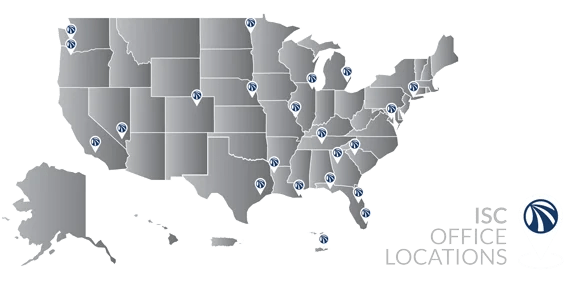In a post-disaster recovery environment, existing and new groups emerge to give support for, provide assistance to, and set agendas for community needs and long-term recovery efforts. The ability for local government to coordinate with these institutions and their programs is contingent upon its ability to establish the support of external authorities (State EMA, FEMA, etc.) and to integrate other complimentary disaster recovery programs. Furthermore, the institutional structure and decision-making process is of critical importance to sustaining long-term disaster recovery operations. The institution, whether existing or new, must be able to fit into the overall governing structure, establish democratic processes, and be able to adapt to systematic and political changes.
Successful and sustainable community disaster recovery entails integrating public participation into the decision-making process. Involving the public in the decision-making process provides an opportunity for interested public and affected stakeholders to participate and voice opposition, support, perspectives, and opinions. Community disaster recovery organizations must be able to navigate the various community layers and involve those whose participation offers the most credibility and those stakeholder groups that are most influential. As the outreach efforts progress, the players in long-term community recovery will constantly evolve, as new and emergent groups whose interests are affected by the decision-making process become involved in the long-term community recovery process.
Community disaster recovery organizations must not only engage community decision-makers but also stimulate the recognition of at-risk groups, identify high-risk and vulnerable conditions, and provide instrument of change through acknowledgement and commitment. It is important to note that this often contradicts pre-disaster agendas. To further complicate matters, community disaster recovery deals with politically sensitive topics and often operates outside of the cone of credibility. When an organization is looking to gain credibility and remain politically sensitive, it must include credible third parties to validate the decision-making process. Community disaster recovery organizations can establish this credibility by engaging with third parties that are recognized and valued by the community.
